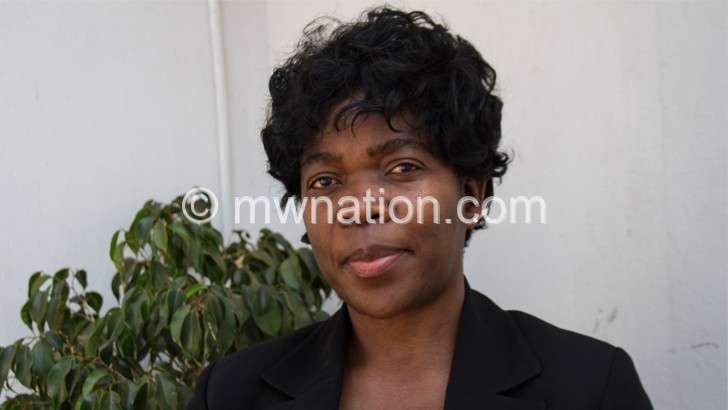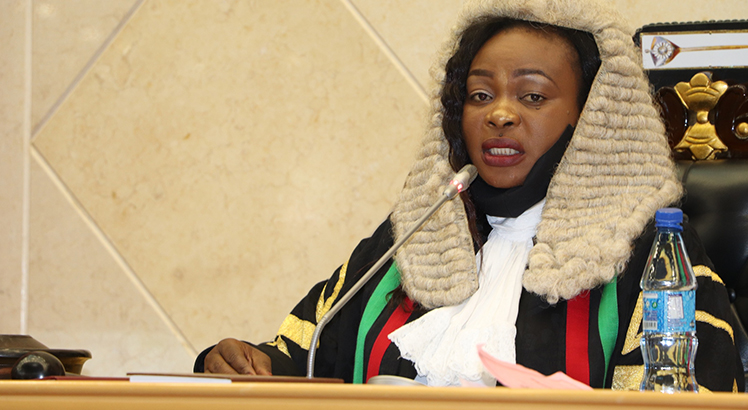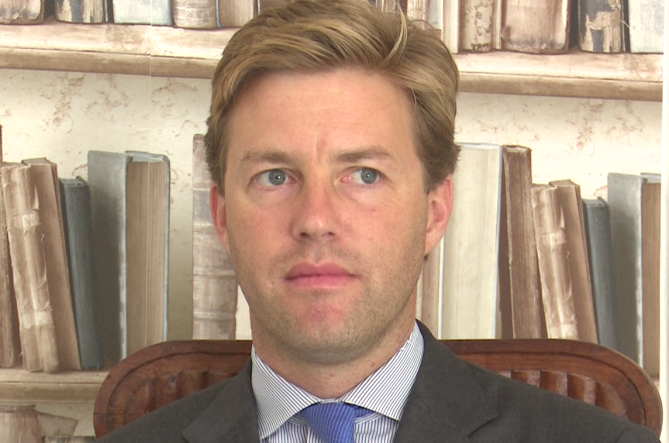Escom shocked with Egenco Bill
- Receives first power bill from Egenco
- No new tariff agreed yet—Mera
Escom got a taste of its own medicine when the newly-established Electricity Generation Company (Egenco) billed it K4.5 billion in January, an invoice considered way too high, Weekend Nation has learnt.
In an interview on Thursday, Electricity Supply Corporation of Malawi (Escom) confirmed that Egenco—which now generates power and sells it to Escom for transmission and distribution—wants K4.5 billion for January 2017.

The Egenco bill is K2 million short of what Escom billed consumers for the same month. According to Escom billing calculations report of February 4 2017 which Weekend Nation has seen, the utility company billed consumers K4.7 billion. The total billing to consumers since January 2017, when the unbundling was affected, stands at K9.2 billion.
Escom public relations manager Kitty Chingota says Egenco pegged their tariff at K25 per kilo watt per hour (kWh), which she said is way too high from the standard tariff charges.
Said Chingota: “The bill is K4.5bn thus K25/kWh but it’s a tariff under negotiation. It has not been approved by the two joint boards and the regulator Mera [Malawi Energy Regulatory Authority].”
She said the proposed tariff by Egenco was 42 percent of the end user tariff.
“The standard practice is that the feeding tariff for hydro should be at most one third of the end user tariff,” she said.
But Chingota explained that presently, Egenco proposed a tariff at K25/kWh while the average Escom tariff is K58.39kWh.
“For now, customers will not be affected as that is the intention of Escom and government; hence, the negotiations with Egenco,” she added.

on the higher side
Benjamin suffered a massive electric shock after accidentally touching a live Electricity Supply Corporation of Malawi (Escom) cable and suffered third-degree burns.
Sadly, surgeons at QECH were powerless to salvage his arms and right leg which have since been amputated, according to his family.
The Standard Five pupil at Chigumula Primary School in Blantytre is currently receiving medical attention at QECH’s male ward in the Burns Unit.
His uncle, Alfred Mangazi, said in an interview on Tuesday that Benjamin’s condition is getting worse by the day compared to the time he was admitted to the situation to the deep burns he sustained.hospital. He attributed the
He said: “He is not okay. His condition is deteriorating almost every day and we have asked Escom officials to assist us.”
The boy is said to have met his fate while playing with colleagues along the Limbe-Thyolo Road when he accidentally touched a loose electricity live wire whose pole was about to fall to the ground.
Mangazi said that prior to the incident, Escom technicians had just left the site after working on the pole when it lost balance, resulting into its wires getting close to the ground.
He said: “Unknowingly, the boy together with his two friends came into contact with the cables which threw them onto the ground, They suffered severe burns, but my nephew was badly struck as compared to his colleagues.”
However, the uncle has blamed his nephew’s misery on Escom’s unwillingness to immediately help the boy after its officials were alerted about the incident.
In an interview on Monday, Escom public relations manager Kitty Chingota confirmed the incident, but said the company was in touch with the family over the matter.
She also confirmed that the accident occurred hours after her company’s technicians completed installing optic fibre cables around the site where the pole tilted.
“We are aware about the incident and we are making follow ups with the family at the hospital,” said Chingota.
According to Benjamin’s uncle, the two other victims despite having burns and failing to walk, are at their homes in Chigumula.
Asked at what cost Escom was generating electricity before it was split, Chingota explained that the cost of sales was not a cost when Escom was one.
“If our tariff was already cost reflective, it means we would have captured the cost of sales. Under this new arrangement, we have doubled the expenses on the same revenue which now has to be shared between Escom and Egenco. We have introduced a cost without a corresponding revenue base and this will, if not managed properly, result in Escom making losses because it has doubled costs on the same level of revenue,” she said.
Egenco chief executive officer (CEO) William Liabunya told Weekend Nation on Thursday that his company was discussing with Escom and does not think it was necessary to settle their dispute in the media.
Said Liabunya: “We started our discussions last month and we are also meeting next week where all these matters will be ironed out. We have not reached the level where we can refer the matter to Mera.”
Cost of electricity
But former Escom CEO Kandi Padambo said he views the charging of 42 percent of the end user tariff as too high.
Said Padambo: “The bill sounds so high, but we should not look at the absolute amount, but rather the cost structure.”
He explained that during his time at Escom, the power utility firm had internally unbundled into business units that included generation, transmission and distribution and each unit had its own management.
“What we were doing was that each unit was charging the other unit the cost of operations and a small margin to cover the operations. The units were not making profits on each other,” Padambo said.
He explained that the idea of business units was to ensure that the eventual unbundling was supposed to be gradual and not sudden as has been the case, saying the three business units were operating separately under Escom.
Padambo said in his opinion the K25kWh tariff that Egenco is charging Escom is not only to cover operations costs, but it is designed to enable Egenco to roll out its plans.
“I am sure Egenco is trying to have some reserves that would help to keep up with the demands. It is allowed in the energy sector. But Mera must ensure that whatsoever is happening, the consumers should not unduly bear the burden of the costs.
“The idea of unbundling was to realise efficiency, but efficiency will not be efficient if the result is for consumers paying more,” he said.
Padambo said it was important to look at the price structure of Escom before the unbundling and then look at the current price structure before Mera approve any proposed tariff.
Mera acting chief executive Ishmail Chioko told Weekend Nation that Mera has not approved any selling tariff between the two companies because no power purchase agreement has been reached.
Said Chioko: “We will let the two companies agree on the Power Purchase Agreement and after that the Mera Pricing Committee will have to review what they have discussed and come up with the tariff that Escom will buy electricity from Egenco.”
He said despite the unbundling, Egenco still depends on Escom for operations since the company has no accounts or other departments including procurement of their own.
Consumers Association of Malawi (Cama) executive director John Kapito said it was necessary for Egenco to come out in the public to explain how the company arrived at that bill of K4.5 billion and also explain what has necessitated that bill considering that Egenco inherited the machinery that was already working.
“The unbundling should not create another challenge to the consumers. With this kind of billing, they are going to choke the Malawians and kill the industries since the customer will be the ultimate loser,” he said.
Kapito described the questioning of the bill as failure of the two systems and blamed Mera for failing to take charge of the systems on the onset.
But one source within the ministry conversant with the unbundling process told Weekend Nation that the problem with the unbundling process was that the whole exercise was rushed to meet the January 1, 2017 target.
Unbundling of Escom
On June 22 last year, Parliament passed a law to facilitate the split of Escom into two entities. In January this year, Escom was split into Electricity Generation Company (Egenco) and Escom Residual.
The process is part of the power sector reform project, a component of the $350.7 million (about K242 billion) United States of America (USA) government-funded five-year Millennium Challenge Corporation (MCC) energy compact that seeks to improve generation and distribution infrastructure of the utility power supplier.
Escom income since 2014
Escom profit after tax fell from K18.09 billion ($25 million) in 2014 to K8.73 billion ($12.10 million) in 2015, representing a 67 percent drop.
According to a recent Malawi Annual Economic Report 2016, the decline was on account of a 24 percent growth in expenses. n





